
2018年8月31日 星期五

NASA Invites Media to View Spacecraft to Study the Frontier of Space
August 31, 2018
from NASA https://ift.tt/2C6285B
via IFTTT
NASA Invites Media to Witness Final Orion Parachute Test in Arizona Desert
August 31, 2018
from NASA https://ift.tt/2N1a6RV
via IFTTT
Hubble’s Lucky Observation of an Enigmatic Cloud

ISS Daily Summary Report – 8/30/2018
August 31, 2018 at 12:00AM
from NASA https://ift.tt/2MCgGih
via IFTTT
2018年8月30日 星期四
Close Mars
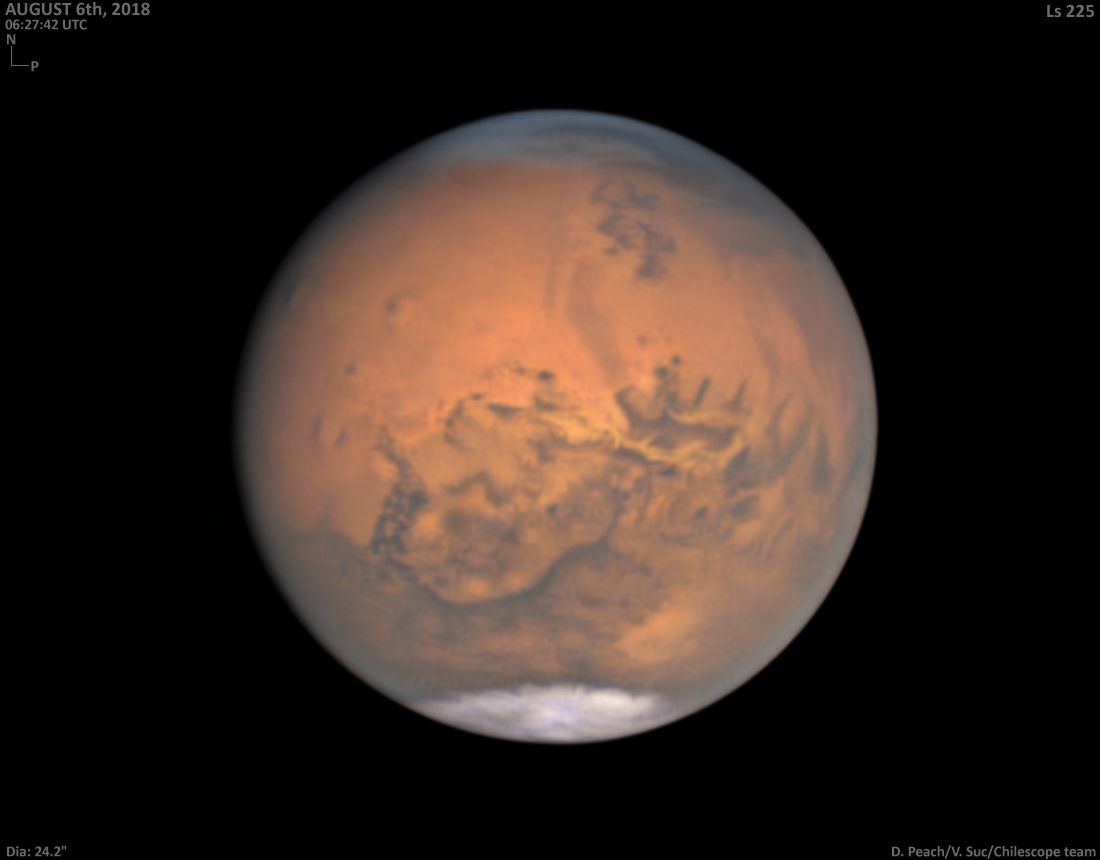
NASA Awards Contract for Earth Science Mission Hosting Services
August 30, 2018
from NASA https://ift.tt/2N95Rn8
via IFTTT
NASA Awards Contract to Upgrade Launch Pad Fuel System for World’s Largest Rocket
August 30, 2018
from NASA https://ift.tt/2Cbgwd4
via IFTTT
Soyuz Leak Fixed With Gauze and Epoxy
Soyuz Leak Repaired On The International Space Station
"The International Space Station's cabin pressure is holding steady after the Expedition 56 crew conducted repair work on one of two Russian Soyuz spacecraft attached to the complex. The repair was made to address a leak that had caused a minor reduction of station pressure. After a morning of investigations, the crew reported that the leak was isolated to a hole about two millimeters in diameter in the orbital compartment, or upper section, of the Soyuz MS-09 spacecraft attached to the Rassvet module of the Russian segment of the station."
from NASA Watch https://ift.tt/2NzW6vx
via IFTTT
NASA Has A Plan To Convert Its Field Centers Into FFRDCs
According to @NASA Technology Associate Administrator Jurczyk at the NAC meeting #NASA will deliver a report to @OMB tomorrow on proposals to convert some/all of NASA's field centers into FFRDCs. A meeting with #OMB on the plan is planned for 7 Sep. pic.twitter.com/KmzDA5ATJA
— NASA Watch (@NASAWatch) August 30, 2018
from NASA Watch https://ift.tt/2op77ov
via IFTTT
Celebrating Guy Bluford's Historic First Flight

Media Invited to News Conference with NASA Astronaut Anne McClain and Space Station Crewmates
August 30, 2018
from NASA https://ift.tt/2BXXoyM
via IFTTT
ISS Daily Summary Report – 8/29/2018
August 30, 2018 at 12:00AM
from NASA https://ift.tt/2MGKies
via IFTTT
2018年8月29日 星期三
The NGC 6914 Complex
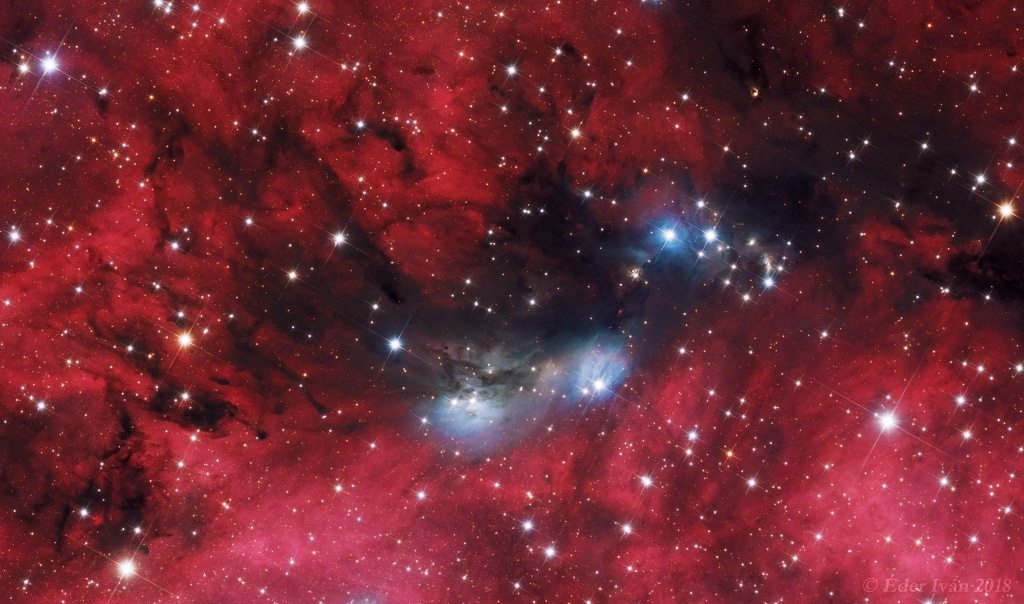
Is The Space Foundation NASA's New Party Planner?
Sources report that @NASA is going to sign some exclusive agreements with @SpaceFoundation to have them do events official for the @NASA 60th birthday & Apollo 11 50th anniversary. Odd how this was not publicly competed @JeffDeWitAZ @JimBridenstine
— NASA Watch (@NASAWatch) August 29, 2018
from NASA Watch https://ift.tt/2C1LjJc
via IFTTT
Paul Spudis
Keith's note: I am not even sure where to start. I knew Paul for 30 years. He was truly the "man in the moon". I am not sure that there was any one person left among us who had that Apollo-era sort of knowledge of the Moon - its geology, its resources, and its untapped potential. He was an unrelenting advocate for lunar exploration and he will be truly missed. This is a tremendous loss for space science.. Ad Astra Paul.
NASA Adminstrator @JimBridenstine just mentioned the passing of Paul Spudis at the @NASA Advisory Council and asked for a moment of silence.
— NASA Watch (@NASAWatch) August 29, 2018
It would be a fitting tribute to rename LRO after Paul Spudis. Let's do it @JimBridenstine pic.twitter.com/XQjTgnKeIL
— NASA Watch (@NASAWatch) August 29, 2018
from NASA Watch https://ift.tt/2NwHrBh
via IFTTT
NASA Awards Electrical Systems Engineering Services Contract
August 29, 2018
from NASA https://ift.tt/2PQ0iJ0
via IFTTT
Leadership Changes And Openings At NASA Science Mission Directorate
NASA Earth Science Director Announces Retirement
"Michael Freilich, director of the Earth Science Division in the Science Mission Directorate at NASA Headquarters since 2006, announced he will retire from the agency in February 2019. Freilich leads NASA's mission to increase understanding of our home planet and help safeguard and improve lives for humanity's future."
Open Positions at NASA HQ: Planetary Science Division Director and NASA Deputy Chief Scientist
"NASA is now advertising for the Director of the Planetary Science Division in the Science Mission Directorate. In addition, NASA is now advertising for the Deputy Chief Scientist in the Office of the Chief Scientist (OCS)."
from NASA Watch https://ift.tt/2woLusC
via IFTTT
Underwater Robots Help NASA Plan Future Deep-Space Missions

ISS Daily Summary Report – 8/28/2018
August 29, 2018 at 12:00AM
from NASA https://ift.tt/2wwUgE3
via IFTTT
2018年8月28日 星期二
Nearby Cepheid Variable RS Pup
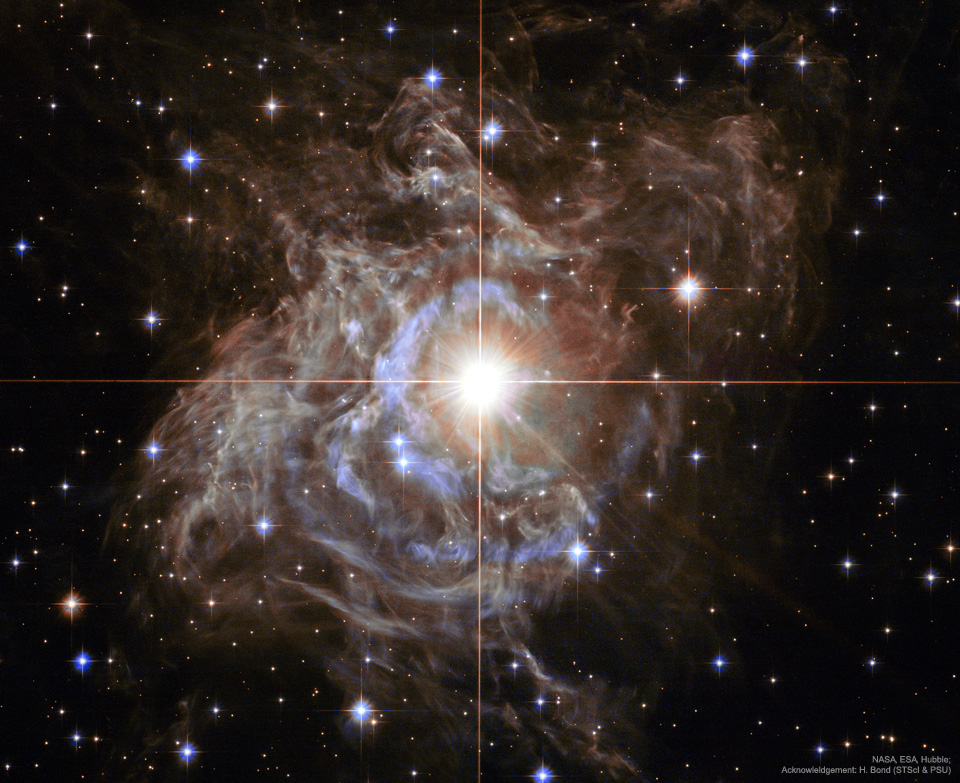
Lights of Java

NASA's Latest Gateway Cartoon Presentation
FYI @JimBridenstine Jason Crusan is trying to be cute saying that Gateway is not a space station (to thwart some criticism that it is) because it has an engine and moves around. Apparently Jason does not know that ISS has engines and that it moves around (reboost) all the time. pic.twitter.com/2sSF0J7hZh
— NASA Watch (@NASAWatch) August 28, 2018
|
|
|
|
|
|
from NASA Watch https://ift.tt/2Pg9oxH
via IFTTT
ISS Daily Summary Report – 8/27/2018
August 28, 2018 at 12:00AM
from NASA https://ift.tt/2BWxHyQ
via IFTTT
2018年8月27日 星期一
Sea and Sky Glows over the Oregon Coast

NASA Investment in Cholera Forecasts Helps Save Lives in Yemen
August 27, 2018
from NASA https://ift.tt/2BRsqs7
via IFTTT
NASA Wants The Lunar Gateway To Do Everything For Everyone
|
|
Well @SciGuySpace all you have to do is look at the requirements that @NASA has already levied on itself for handling extraterrestrial materials - on Earth - and then add possible biology reqs - and then do all of that inside *one* module on the LOP-G/Gateway thing. $$$$$$ https://t.co/FzrsHqsKrV
— NASA Watch (@NASAWatch) August 27, 2018
from NASA Watch https://ift.tt/2oekIP9
via IFTTT
What Happens To The ISS Human Research That NASA Won't Finish?
Look at all of the human health research that @NASA will NOT have completed on ISS (after several decades of work) when they pull the plug on funding ISS in 2024. pic.twitter.com/lGQQSMZVB3
— NASA Watch (@NASAWatch) August 27, 2018
Oddly while these human research priorities still need to be done before the whole #JourneyToMars thing starts up again the LOP-G/Gateway will be far LESS capable of addressing this research than ISS. Yet somehow @NASA is going to make these issues go away or maybe change color pic.twitter.com/HH4QeDuwfD
— NASA Watch (@NASAWatch) August 27, 2018
Keith's note: After decades of selling the ISS as necessary for the human exploration of space NASA now seems ready to walk away from ISS before all of that critical human biomedical and risk reduction research is complete when funding for ISS stops in 2024. Where will that research be done? NASA won't tell you but suggests that the Lunar Gateway thing (a mini-ISS) is where some of it could be done.
from NASA Watch https://ift.tt/2Ly3p4V
via IFTTT
A Simple Telecon Is Too Hard For NASA Ames
The telecon for the @NASA Advisory Council Science Committee Meeting is broken because @NASAAmes does not know how to host a simple teleconference https://t.co/B66GSBVOWS
— NASA Watch (@NASAWatch) August 27, 2018
More audio problems. @Dr_ThomasZ is giving up.
— Marcia Smith (@SpcPlcyOnline) August 27, 2018
So am I.
I hope the NAC/HEO mtg, which begins at 1:00 pm ET, has a better connection.
Keith's note: After a series of problems the participants in this telecon gave up. You would think that a NASA field center located in the middle of Silicon Valley would have this whole telecon thing down by now. Guess again.
from NASA Watch https://ift.tt/2NkqWrF
via IFTTT
Time-lapse Sequence of Jupiter’s North

2018年8月26日 星期日
Total Solar Eclipse Shadow from a Balloon
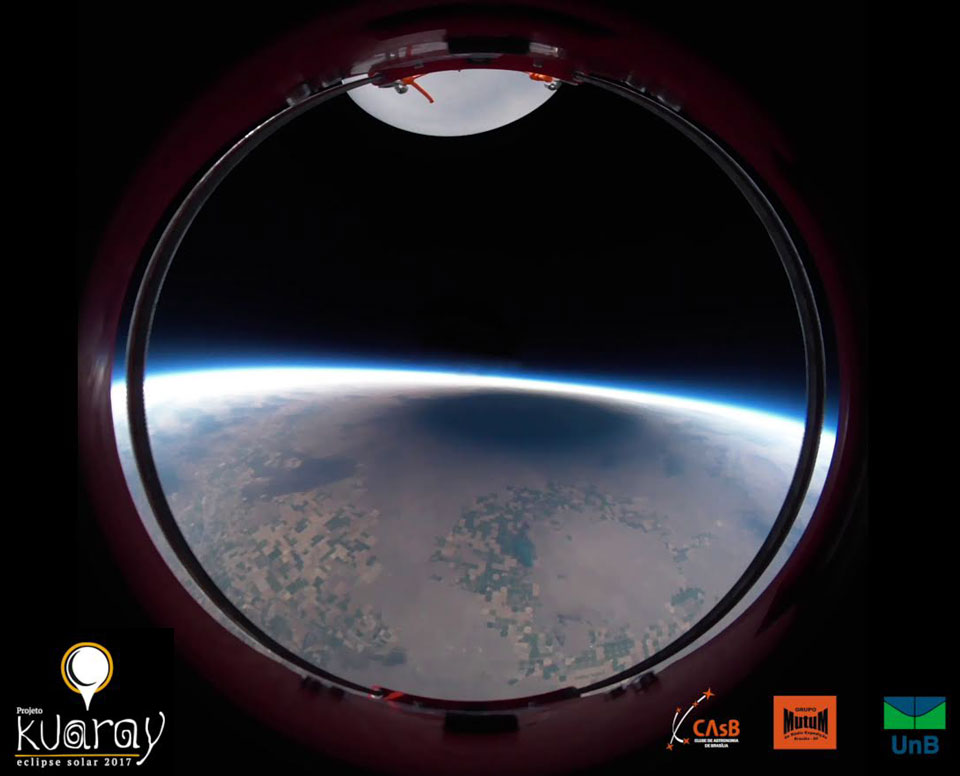
2018年8月25日 星期六
Fire on Earth

John McCain
We honor the legacy of @SenJohnMcCain. We remember how he wrote in the @WashingtonPost about the landing of a man on the Moon inspiring him to keep fighting during his imprisonment: https://t.co/8fJmpBhgAR pic.twitter.com/V27t7NdUIz
— NASA (@NASA) August 26, 2018
from NASA Watch https://ift.tt/2P63leN
via IFTTT
Trump Space People Are Confused About ISS
Why private space labs should start on the International Space Station, opinion, Politico
"With this in mind, the Trump Administration wisely requested $150 million for this coming year to enable and mature commercial capabilities in low earth orbit (LEO). The Trump Administration was also smart enough not to dictate in any specific detail how this money will be spent. They are welcoming ideas from industry, and it will be the job of new NASA Administrator Jim Bridenstine to make the final decision in the coming months."
Keith's note: Wait a minute: while he lauds the potential for possible commercial uses of ISS as a reason to keep it operational NASA Trump appointee Jeff Waksman (who was fired earlier this year) forgot to mention that it is the Trump Administration that wants NASA stop funding ISS after 2024. So they are creating the problem that he seems to be trying to solve. He also omits mention of the fact that the White House wants the entire cost of ISS to be paid for by commercial entities after 2024 but does not explain where that money will come from. Yet he talks about using SLS to launch new ISS components. I am not sure anyone at NASA is talking about $1 billion SLS launch fees to put new modules on the ISS. I think Waksman is trying to say that the ISS has a lot of potential. He's quite right. I'm just not sure he knows how to tap that potential.
More Trump Staff Changes at NASA HQ (Update), earlier post
from NASA Watch https://ift.tt/2P3LSUw
via IFTTT
2018年8月24日 星期五
Stripping ESO 137-001

Just Another Day on Aerosol Earth

South Dakota, Texas Students to Speak with Astronauts on International Space Station
August 24, 2018
from NASA https://ift.tt/2P3d5GB
via IFTTT
ISS Daily Summary Report – 8/23/2018
August 24, 2018 at 12:00AM
from NASA https://ift.tt/2wvPEyn
via IFTTT
2018年8月23日 星期四
Messier 20 and 21
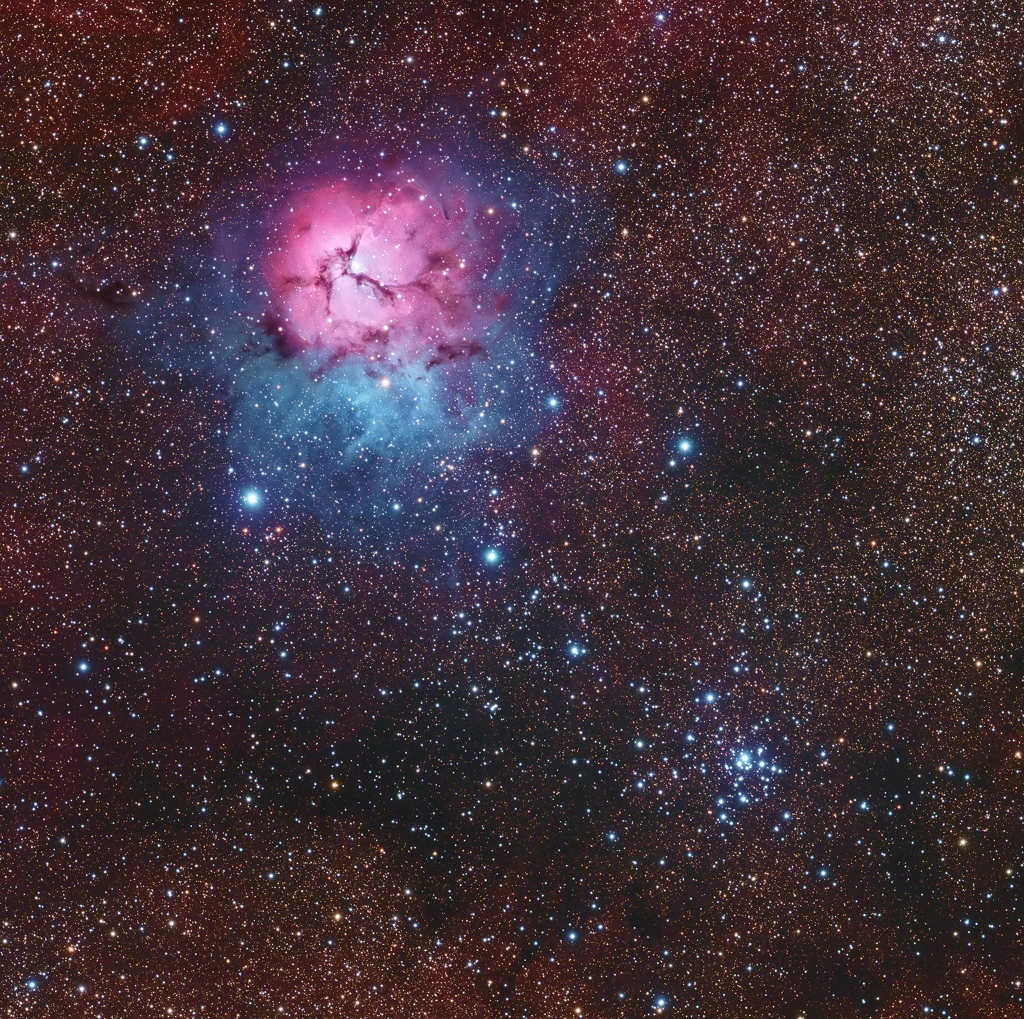
Mike Pence Once Led An Effort Cancel Shuttle and Constellation Programs To Pay For Katrina
Early Retirement for Space Shuttles Unlikely, Lawmakers Say, space.com (2005)
"A group of Republican lawmakers led by Mike Pence of Indiana last week said the $104 billion to replace the shuttles with a new spaceship and rockets to carry astronauts back to the moon ought to be canceled to help pay to rebuild the hurricane-wrecked Gulf Coast."
Remarks by Vice President Pence on the Administration's Space Policy Priorities Houston, TX
"The end of the Space Shuttle Program in 2011 left America without a viable human Space launch program. While I was a member of Congress, I actually had the opportunity to attend three different shuttle launches - some of the most inspiring experiences of my little family's lives."
from NASA Watch https://ift.tt/2wmv5UT
via IFTTT
Space Sermon By Mike Pence

Remarks by Vice President Pence on the Administration's Space Policy Priorities Houston, TX
"And finally, to those of you who will guide this mission, on a personal level, I just -- I want to assure you that millions of Americans will carry you in their prayers. And they have faith and hope you have confidence that, as you go, you do not go alone. That millions of Americans will claim that ancient promise that if you "rise on the wings of the dawn", if you "go up to the heavens," "even there His hand will guide you," and "His right hand will hold us fast." Our heroes will go with the prayers of the American people."
Keith's note: Once upon a time everyone lamented that the occupants of the White House (pick one - any one) did not care about space. And if they did, there was no money to back up whatever they wanted NASA to do. Now we have a Vice President who clearly does care about space - and then some. No argument there. Alas, there was no news from Johnson Space Center today. The Vice President was in Texas to do a fundraiser for Rep. John Culberson and stopped by JSC give a space sermon with a short introduction from NASA Administrator Bridenstine. As for the sermon-esque aspects of Pence's presentation - that's how he rolls. I did find one reference Pence made to resonates with things I have ranted about (before) on NASA Watch from the film "Interstellar":
Pence quotes Cooper's speech from the film "Interstellar' - -"We used to look up at the sky and wonder at our place in the stars, now we just look down and worry about our place in the dirt." @VP Pence replies "American will lead mankind to the stars once again" pic.twitter.com/0zlT7Nss5c
— NASA Watch (@NASAWatch) August 23, 2018
from NASA Watch https://ift.tt/2MJE4cS
via IFTTT
A World On Fire

NASA Ignores Its Own Cool Stuff Again
|
|
from NASA Watch https://ift.tt/2Lk6GEN
via IFTTT
ISS Daily Summary Report – 8/22/2018
August 22, 2018 at 09:28PM
from NASA https://ift.tt/2PywS1E
via IFTTT
2018年8月22日 星期三
Comet Heart and Soul

NASA Invites Media to Cover InSight Mars Landing Activities at Jet Propulsion Laboratory
August 22, 2018
from NASA https://ift.tt/2PxWQmj
via IFTTT
Space Station Flight Over Hurricane Lane

NASA Launching Advanced Laser to Measure Earth’s Changing Ice
August 22, 2018
from NASA https://ift.tt/2Pt79I5
via IFTTT
ISS Daily Summary Report – 8/21/2018
August 22, 2018 at 12:00AM
from NASA https://ift.tt/2w4bEkl
via IFTTT
James Morhard Nomination Hearing Today
Nomination Hearing: James Morhard for NASA Deputy Administrator
"U.S. Sen. John Thune (R-S.D.), chairman of the Senate Committee on Commerce, Science, and Transportation, will convene a hearing at 10: 15 a.m. on Thursday, August 23, 2018, to consider three presidential nominees."
Morhard's response to questions from the committee
from NASA Watch https://ift.tt/2BApZdl
via IFTTT
2018年8月21日 星期二
VP Pence Visits Texas For A Fund Raiser And A JSC Visit
Mike Pence to headline Houston-area fundraiser for U.S. Rep. John Culberson, Texas Tribune (9 August)
"Vice President Mike Pence is coming to Texas later this month to help raise money for U.S. Rep. John Culberson, R-Houston, amid a tough re-election fight. Pence will headline a fundraiser for Culberson on Aug. 23 in the Houston area, according to an invitation obtained by The Texas Tribune. The invitation for the breakfast event bills Pence as a "very special guest."
Next week, I will visit @NASA_Johnson Space Center in Houston to talk about the future of human space exploration. Under @POTUS Trump's administration, America is leading in space once again!
— Vice President Mike Pence (@VP) August 16, 2018
Vice President Pence Talks Future Human Space Exploration at NASA's Johnson Space Center, NASA (21 August)
"Vice President Mike Pence, with NASA Administrator Jim Bridenstine, will visit NASA's Johnson Space Center in Houston Thursday, Aug. 23, to discuss the future of human space exploration and the agency's plans to return to the Moon as a forerunner to future human missions to Mars."
Keith's note: So ... did VP Pence decide to visit Texas to do the Culberson fundraiser - and then added the JSC visit - or vice versa? When was the Bridnestine visit to JSC added? This is his second visit to JSC for both Pence and Bridenstine whereas other NASA field centers have not yet been visited once.
from NASA Watch https://ift.tt/2OSlgFW
via IFTTT
Looking Back at Eclipse 2017

Opposing Forces Against Space Force
Senate emerges as obstacle to Trump's 'Space Force', The Hill
"The Senate has emerged as a major impediment to President Trump's hopes for a new "Space Force." While the House GOP has been largely supportive of the idea of creating a new military branch for space, skeptics in the Senate from both parties have raised concerns about its cost - and the potential for adding to bureaucratic overhead at the Pentagon. There's a recognition that players like China are increasingly turning to space, leaving a risk that the U.S. could be left behind. But there are also fears that it will turn into an expensive boondoggle."
from NASA Watch https://ift.tt/2BvoOff
via IFTTT
Vice President Pence Talks Future Human Space Exploration at NASA’s Johnson Space Center
August 21, 2018
from NASA https://ift.tt/2OTDExQ
via IFTTT
ISS Daily Summary Report – 8/20/2018
August 21, 2018 at 12:00AM
from NASA https://ift.tt/2w17v0B
via IFTTT
2018年8月20日 星期一
Glowing Elements in the Soul Nebula
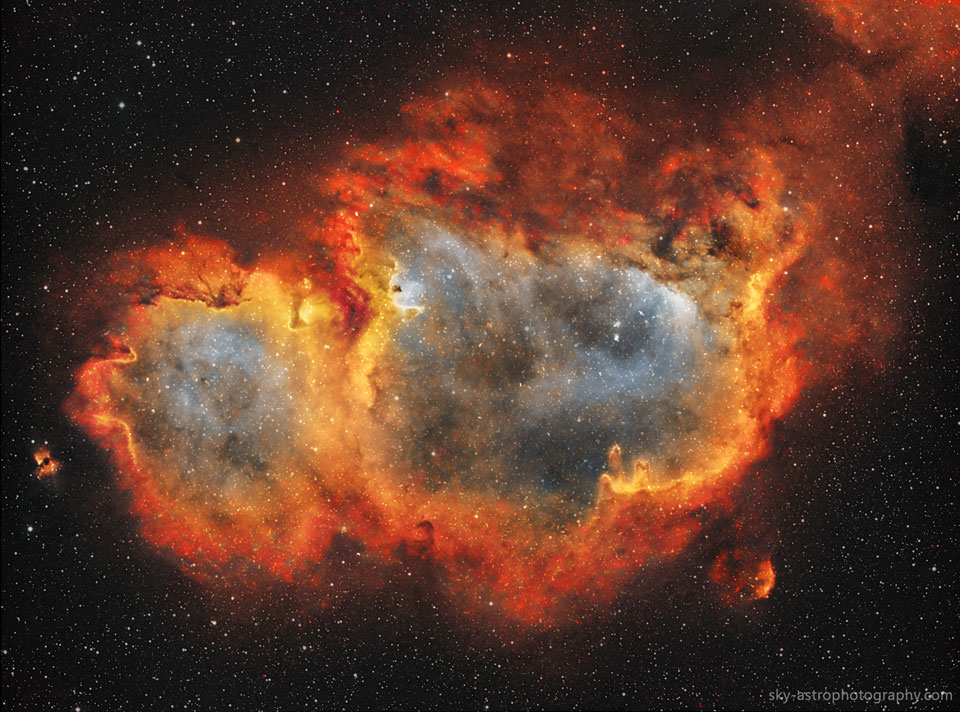
Space Is Now An Official Republican Election Meme
The NRCC just used this image in a fundraising email. pic.twitter.com/QlVd0Vu4Cr
— Niels Lesniewski (@nielslesniewski) August 20, 2018
Keith's note: Last week it was Space Force merchandise from the Trump 2020 campaign. Now, it looks like the NRCC (National Republican Congressional Committee) has jumped on the whole space thing. The fact that we no longer fly this particular space vehicle seems to be of minor importance. But hey, we now get to say SPACE FORCE all the time.
- Hey, Its The Trump 2020 Campaign Space Force Logo Contest, earlier post
from NASA Watch https://ift.tt/2OSaUpl
via IFTTT
What Is The Name Of The NASA Education Office?

Keith's note: NASA Administrator Bridenstine says that NASA has renamed the NASA Office of Education as the Office of STEM Engagement. Yet if you look at the NASA Education website or the NASA Education Office website there is zero mention of that name change. Nor is there any mention at the NASA organization page.
Now @JimBridenstine is at @ASU trying the same lame excuse (again) for changing the @NASA office of education's name to the Office of STEM Engagement. It is still the #NASA Education Office regardless of what the org charts say. pic.twitter.com/IgWbjvfWu5
— NASA Watch (@NASAWatch) August 20, 2018
from NASA Watch https://ift.tt/2BsjclU
via IFTTT